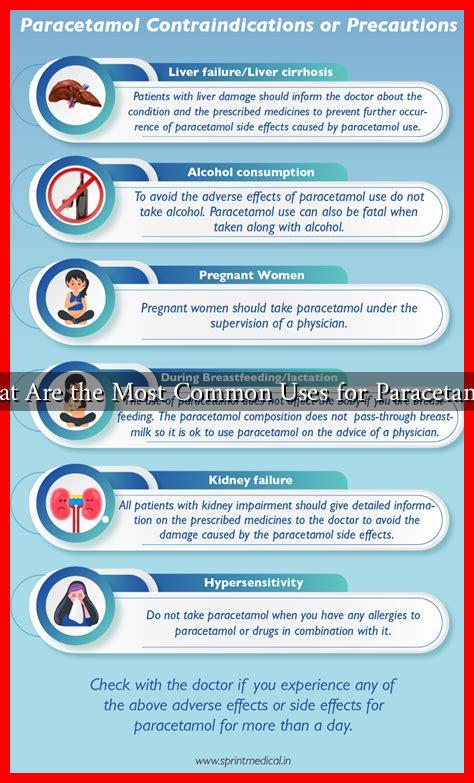-
Table of Contents
What Are the Most Common Uses for Paracetamol?
Paracetamol, also known as acetaminophen, is one of the most widely used medications globally. It is renowned for its effectiveness in alleviating pain and reducing fever. This article explores the most common uses for paracetamol, supported by research, statistics, and real-world examples.
Understanding Paracetamol
Paracetamol is classified as a non-opioid analgesic and antipyretic. It is available over-the-counter in various forms, including tablets, capsules, liquid suspensions, and suppositories. Its popularity stems from its safety profile when used as directed, making it suitable for a wide range of patients, including children and pregnant women.
Common Uses of Paracetamol
Paracetamol is primarily used for the following purposes:
- Pain Relief: Paracetamol is effective in managing mild to moderate pain, including:
- Headaches
- Muscle aches
- Arthritis pain
- Back pain
- Toothaches
- Fever Reduction: Paracetamol is commonly used to lower fever in both adults and children. It is often recommended for:
- Viral infections (e.g., flu, cold)
- Bacterial infections
- Post-vaccination fever
- Postoperative Pain Management: After surgical procedures, paracetamol is frequently prescribed to manage pain, often in combination with other analgesics.
- Chronic Pain Conditions: Paracetamol is sometimes used as part of a multimodal approach to manage chronic pain conditions, such as fibromyalgia or osteoarthritis.
Case Studies and Statistics
Research supports the efficacy of paracetamol in various clinical settings. A study published in the British Medical Journal found that paracetamol is effective in reducing pain intensity in patients with osteoarthritis. The study indicated that patients who took paracetamol reported a significant decrease in pain levels compared to those who received a placebo.
Furthermore, a meta-analysis published in The Lancet highlighted that paracetamol is effective in treating fever in children, with a notable reduction in temperature observed within 2 hours of administration. This makes it a go-to option for parents managing their children’s fevers.
Safety and Considerations
While paracetamol is generally safe when used as directed, it is crucial to adhere to recommended dosages. Overdose can lead to severe liver damage, which is a significant concern. According to the Centers for Disease Control and Prevention (CDC), paracetamol overdose is one of the leading causes of acute liver failure in the United States.
Patients should also be cautious about combining paracetamol with other medications, particularly those that may also contain acetaminophen, to avoid unintentional overdose. It is advisable to consult a healthcare professional if there are any uncertainties regarding its use.
Conclusion
Paracetamol remains a cornerstone in pain management and fever reduction due to its effectiveness and safety profile. Its common uses include alleviating headaches, muscle aches, and fever, making it a staple in households worldwide. However, awareness of proper dosing and potential risks is essential to ensure safe usage. As with any medication, consulting with healthcare professionals can provide personalized guidance and enhance treatment outcomes.
In summary, paracetamol is a versatile medication that plays a crucial role in managing pain and fever, supported by extensive research and clinical evidence. Understanding its uses and safety considerations can empower individuals to use it effectively and responsibly.

